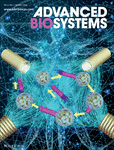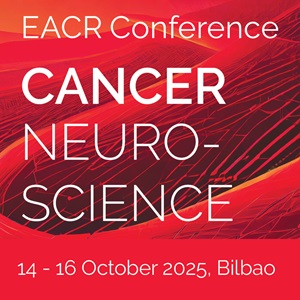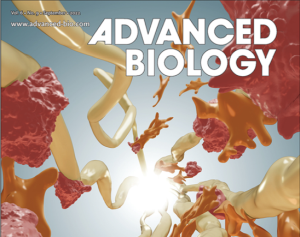Journal list menu
Export Citations
Download PDFs
Cover Picture
Single Cell Manipulation: Manipulation of Single Cells Using a Ferromagnetic Nanorod Cluster Actuated by Weak AC Magnetic Fields (Adv. Biosys. 1/2019)
- First Published: 11 January 2019
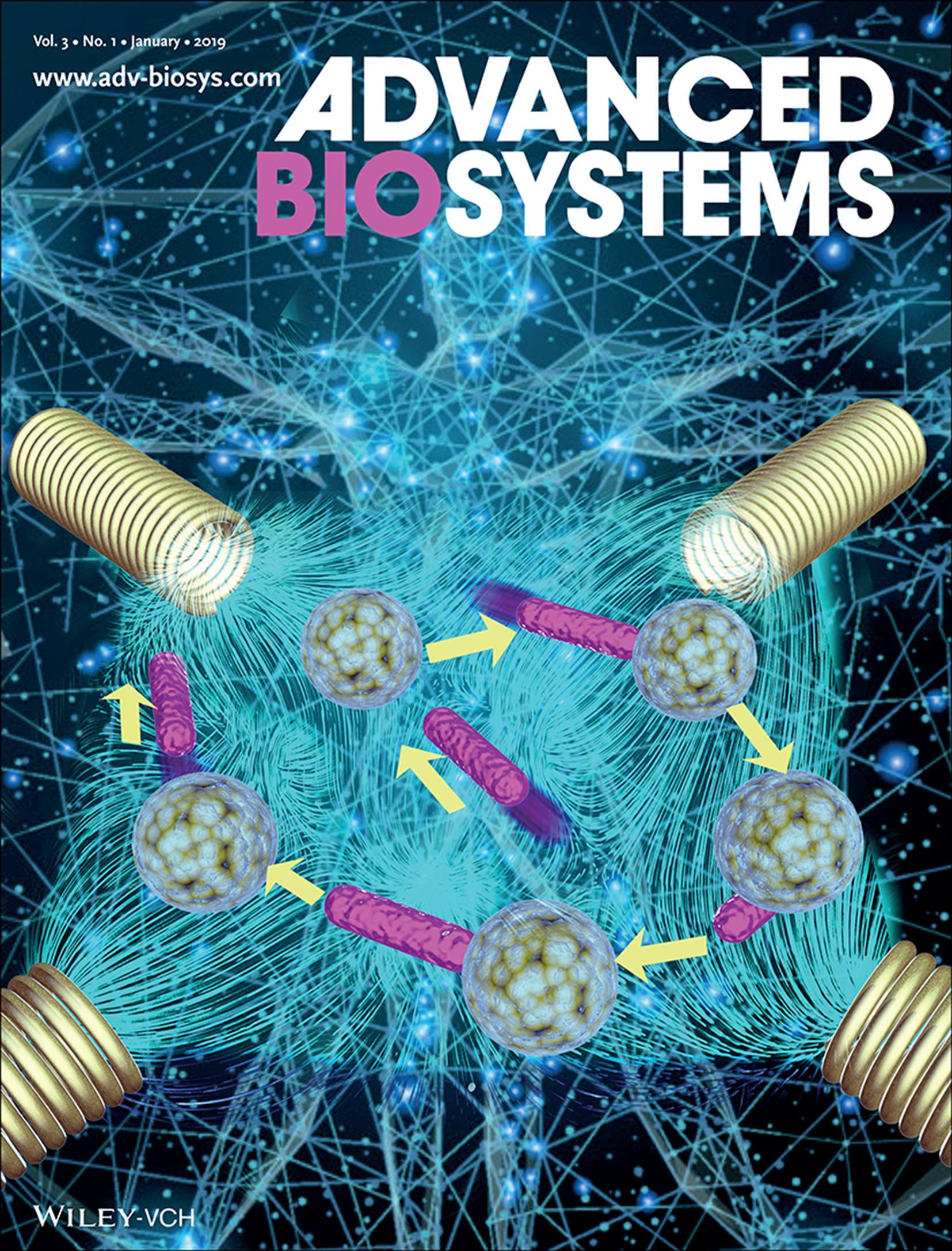
In article number 1800246, Yiping Zhao and co-workers demonstrate a unique non-contact single cell manipulation technique based on the actuation of magnetic nanorods or clusters by non-uniform alternating magnetic fields. This single cell manipulation system is simple, involves low costs and power consumption, and helps advance the progress of single-particle manipulation.
Inside Front Cover
Enzyme Immobilization: Overcoming the Pitfalls of Cytochrome P450 Immobilization through the Use of Fusogenic Liposomes (Adv. Biosys. 1/2019)
- First Published: 11 January 2019
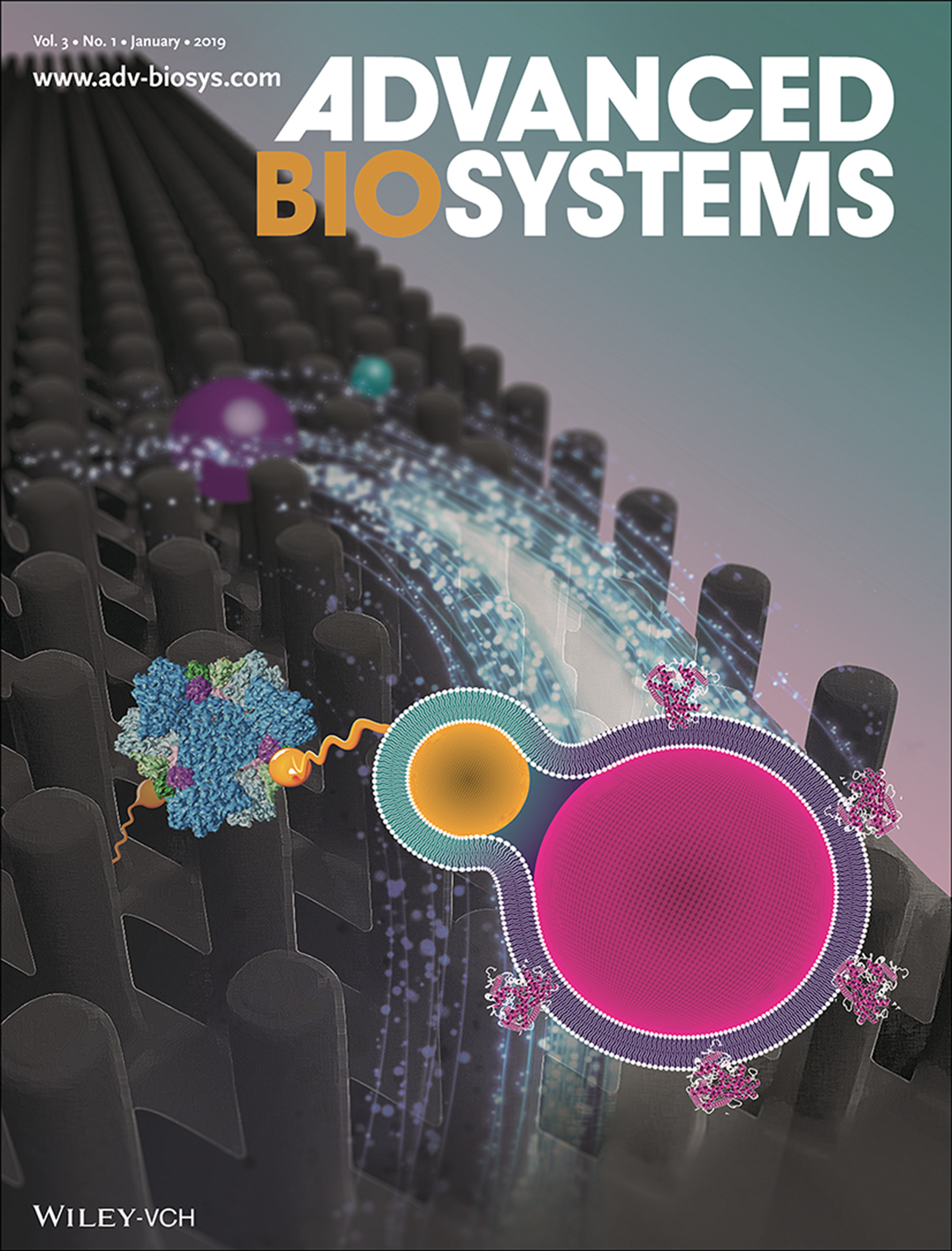
Immobilization of drug metabolizing enzymes on solid supports improves prediction of drug-drug interactions by enabling enzyme inhibition assays under flow conditions. In article number 1800245, Tiina M. Sikanen and co-workers use fusogenic liposomes for biotinylation of lipid bilayers to facilitate immobilization of the membrane-bound cytochrome P450s on avidin-functionalized microfluidic devices. Preservation of the full complexity of the lipid environment ensures that the authentic enzyme kinetic parameters can be maintained.
Inside Back Cover
Bioimaging: Microwave-Assisted Synthesis of Quasi-Pyramidal CuInS2–ZnS Nanocrystals for Enhanced Near-Infrared Targeted Fluorescent Imaging of Subcutaneous Melanoma (Adv. Biosys. 1/2019)
- First Published: 11 January 2019
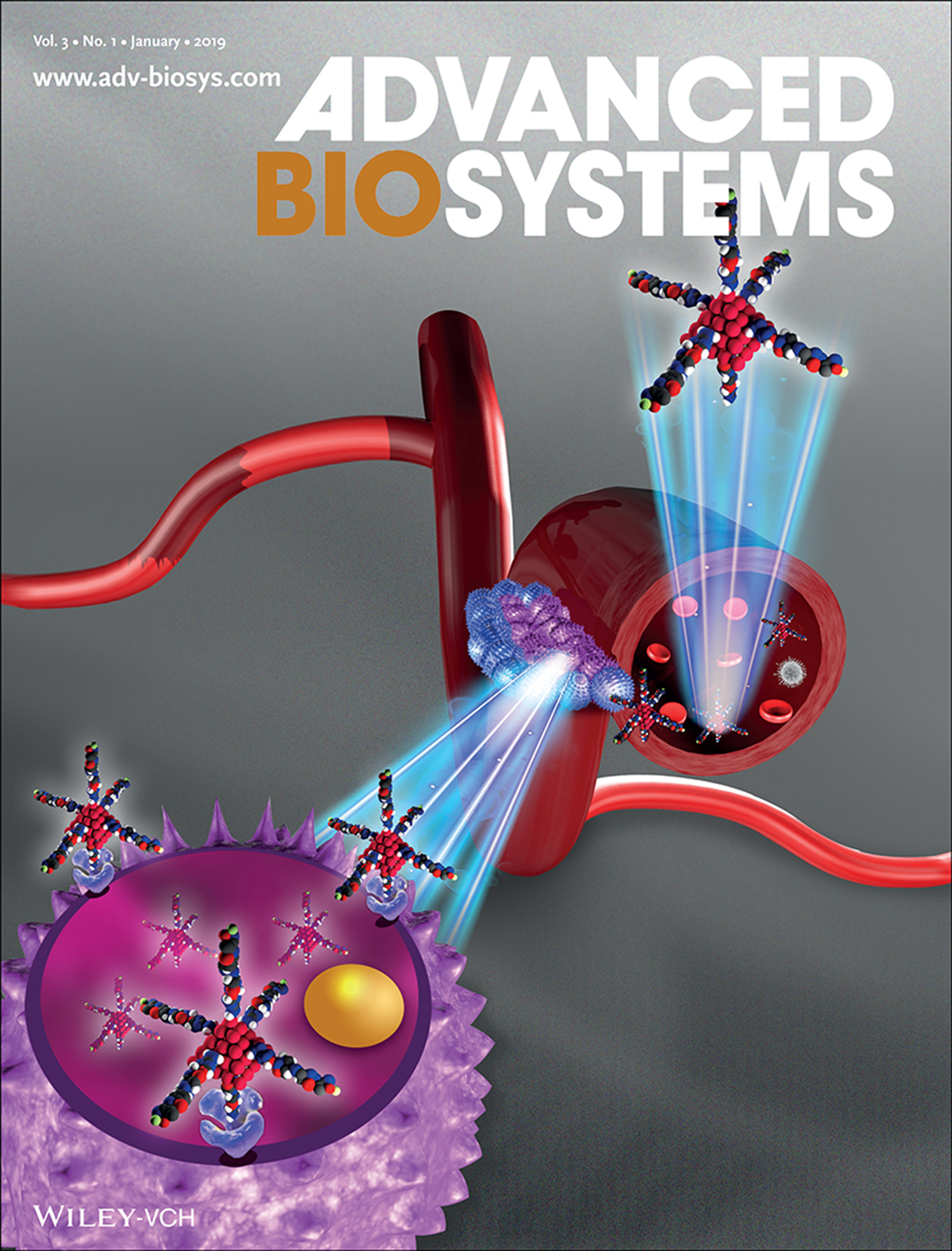
In article number 1800127, S. Shashank Chetty, A. Vadivel Murugan, and co-workers present ultrafast, single-pot microwave-solvothermal synthesis of near-infrared highly fluorescent 1-dodecanethiol functionalized CuInS2–ZnS nanocrystals and their subsequent phase-transformation via ligand-exchange using mercaptoundecanoic acid to prepare folic acid conjugates as an efficient nano-bioprobe for enhanced folate receptor–targeted subcutaneous melanoma imaging.
Back Cover
Boron Ions: Simultaneous Boron Ion-Channel/Growth Factor Receptor Activation for Enhanced Vascularization (Adv. Biosys. 1/2019)
- First Published: 11 January 2019

Active NaBC1 physically co-localizes with other transmembrane proteins, such as active VEGFR, leading to simultaneous enhanced intracellular signaling in the presence of ultra-low doses of ligand (simulating physiological levels). To fully potentiate the ability of biomaterials to control vascularization mechanisms, full attention needs to be given to the interplay between specific cell membrane receptors in order to mimic biological niches at the molecular level. In article number 1800220, Patricia Rico, Manuel Salmerón-Sánchez, and co-workers present a new therapeutic strategy for vascularization using ions instead of growth factors.
Masthead
Editorial
Becoming Established: Advanced Biosystems Enters its Third Year of Publication
- First Published: 11 January 2019
Reviews
Brain Organoids: A New, Transformative Investigational Tool for Neuroscience Research
- First Published: 08 October 2018

Brain organoids are self-assembled, three-dimensionally structured tissues that accurately recapitulate the microenvironment within the brain. They have emerged as promising models for evaluating drug leads, particularly those that target neurodegeneration, as well as investigating early brain development. The current state of the fabrication and use of brain organoids in drug development and medical research is summarized.
Near-Infrared Manipulation of Membrane Ion Channels via Upconversion Optogenetics
- First Published: 02 November 2018
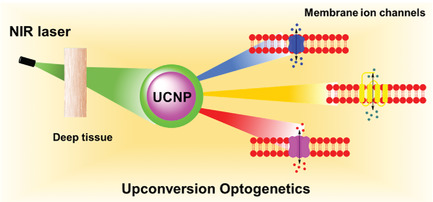
Upconversion optogenetics, which involves incorporating multiple emissive upconversion nanoparticles into various light-sensitive optogenetic toolboxes, allows for more precise near infrared manipulation of membrane ion channels with deeper penetration, high spatiotemporal resolution, and less invasiveness, which provides great opportunities for overcoming the problems encountered in the classical optogenetic approaches.
Crosstalk between Autophagy and Nanomaterials: Internalization, Activation, Termination
- First Published: 04 November 2018
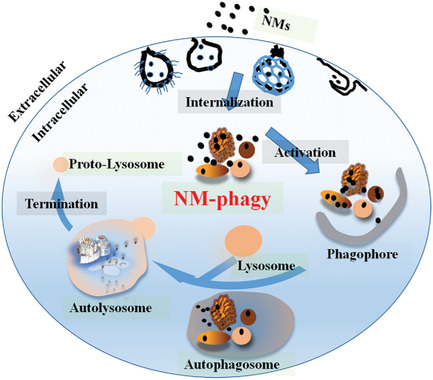
The advances in nanomaterial (NM)-induced/inhibited autophagy (NM-phagy) and the possible regulatory mechanisms of NM-phagy are summarized. Commonly, internalized NMs modulate autophagy, involving the crosstalk proteins engaging in both the endocytosis pathway and autophagy, the activation of oxidative/toxicity/damaged organelles stress, and autophagic lysosome reformation.
Progress Reports
Biomimetic Nanoparticle Vaccines for Cancer Therapy
- First Published: 13 November 2018
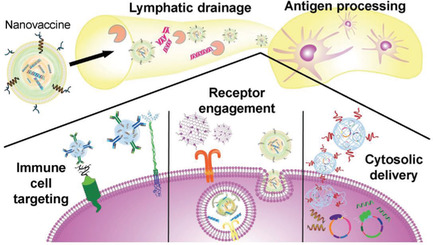
Vaccination represents an attractive approach for the treatment of cancer. By leveraging nanotechnology, it is possible to design nanovaccines with improved potency, specificity, and durability. The recent emergence of cell membrane coating technology has enabled the facile synthesis of biomimetic nanoparticles with enhanced function and antigenicity, potentially paving the way for the future creation of effective and personalized anticancer vaccines.
Communications
Overcoming the Pitfalls of Cytochrome P450 Immobilization through the Use of Fusogenic Liposomes
- First Published: 20 November 2018
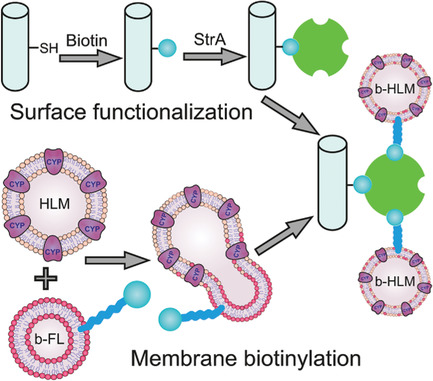
Immobilization of membrane-bound enzymes, such as the drug-metabolizing cytochromes P450 (CYPs), is facilitated by a novel, nanotechnology-inspired immobilization method utilizing membrane biotinylation via customized fusogenic liposomes. Unlike in previously reported immobilization approaches, the kinetic characteristics of CYPs remain unchanged using the developed method.
Full Papers
Manipulation of Single Cells Using a Ferromagnetic Nanorod Cluster Actuated by Weak AC Magnetic Fields
- First Published: 17 October 2018
Microwave-Assisted Synthesis of Quasi-Pyramidal CuInS2–ZnS Nanocrystals for Enhanced Near-Infrared Targeted Fluorescent Imaging of Subcutaneous Melanoma
- First Published: 29 October 2018
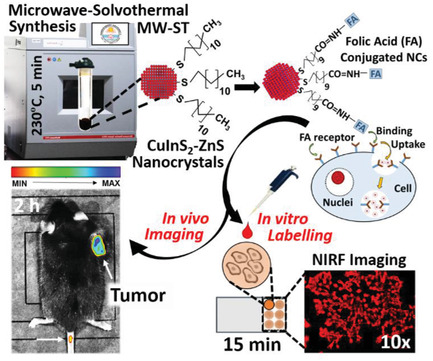
Ultra-fast, single-pot microwave-solvothermal (MW-ST) synthesis of near-infrared (NIR) highly fluorescent 1-dodecanethiol (DDT)-functionalized CuInS2–ZnS nanocrystals (CIZS NCs) and their subsequent phase transformation via ligand exchange using mercaptoundecanoic acid (MUA) for folic acid (FA) conjugation to prepare FA–MUA–CIZS NCs conjugates as an efficient nano-bioprobe for enhanced folate receptor–targeted subcutaneous melanoma imaging is presented.
Simultaneous Boron Ion-Channel/Growth Factor Receptor Activation for Enhanced Vascularization
- First Published: 30 October 2018
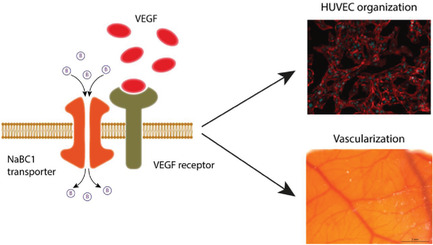
Current approaches to control vascularization include delivery of high doses of growth factors, which implies high risk of cancer. Here it is shown that boron delivery enhances vascularization, cell sprouting, and angiogenesis. The underlying mechanism involves physical colocalization of boron transporter and vascular endothelial growth factor receptor, leading to simultaneous signaling and representing a new therapeutic strategy for vascularization using ions.
Have an Ion on It: The Life-Cycle of Bdellovibrio bacteriovorus Viewed by Helium-Ion Microscopy
- First Published: 04 November 2018
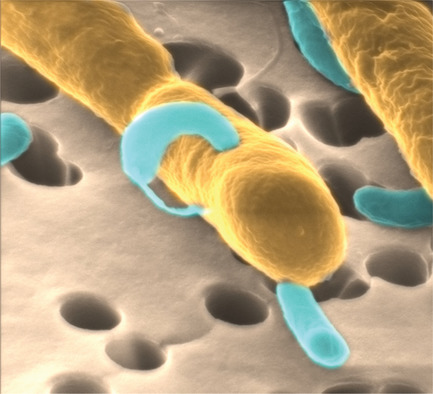
The life-cycle of the microbial predator Bdellovibrio bacteriovorus is investigated by means of phase-contrast microscopy and helium-ion microscopy. High-resolution micrographs of attachment and infection of prey and bdelloplast formation and lysis are presented. Retarded differential equations are employed to model the numbers of predator and prey cells as well as bdelloplasts in the system.
Generation of 3D Soluble Signal Gradients in Cell-Laden Hydrogels Using Passive Diffusion
- First Published: 14 November 2018

Organization of cells into tissues/organs involves carefully orchestrated presentation of soluble cues as a function of space and time. Using passive diffusion elements, an in vitro system wherein growth factors can be presented in a spatially and temporally defined manner is realized and the utility of this system in activating WNT and BMP signaling pathway in human cells is demonstrated.
Epithelial-to-Mesenchymal Transition (EMT) and Drug Response in Dynamic Bioengineered Lung Cancer Microenvironment
- First Published: 19 November 2018
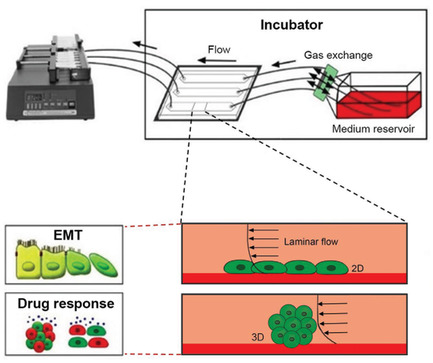
A unique multichannel microfluidic platform is developed for evaluating the contribution of flow-induced hydrodynamic shear stress on epithelial-to-mesenchymal transition (EMT) and drug responses of nonsmall cell lung carcinoma. It is found that flow induces EMT and distinct drug responses in 2D and 3D when lung cancer cells are cultured in microfluidic chip under laminar flow compared to traditional static cultures.
Human Skin Equivalents Demonstrate Need for Neuro-Immuno-Cutaneous System
- First Published: 13 December 2018
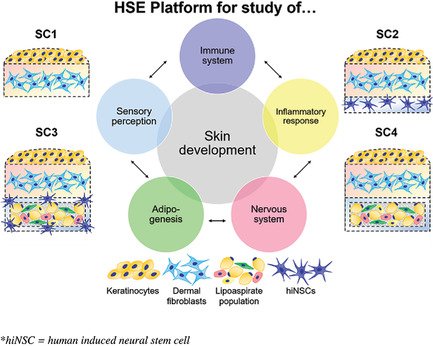
A variety of human skin equivalents are composed of only primary human cells. The dermis is composed of a silk-collagen hydrogel and the hypodermis is a porous silk sponge seeded with human lipoaspirate (containing macrophages), with human induced neural stem cells as the neuronal component. This system supports the study of numerous skin functions.




